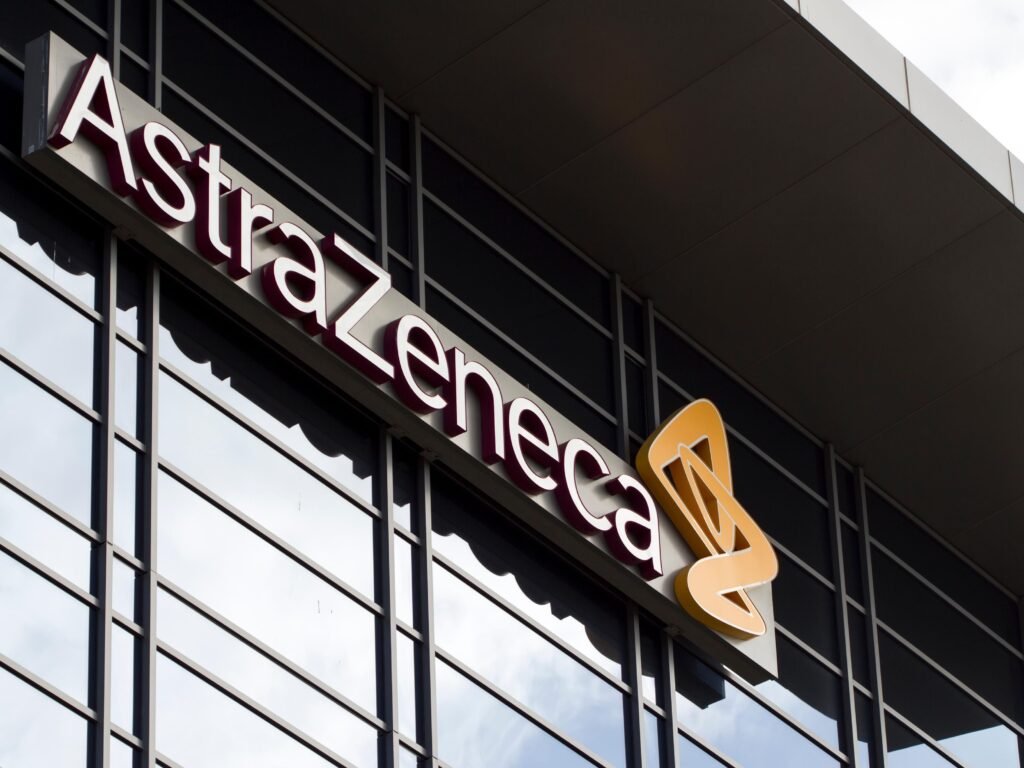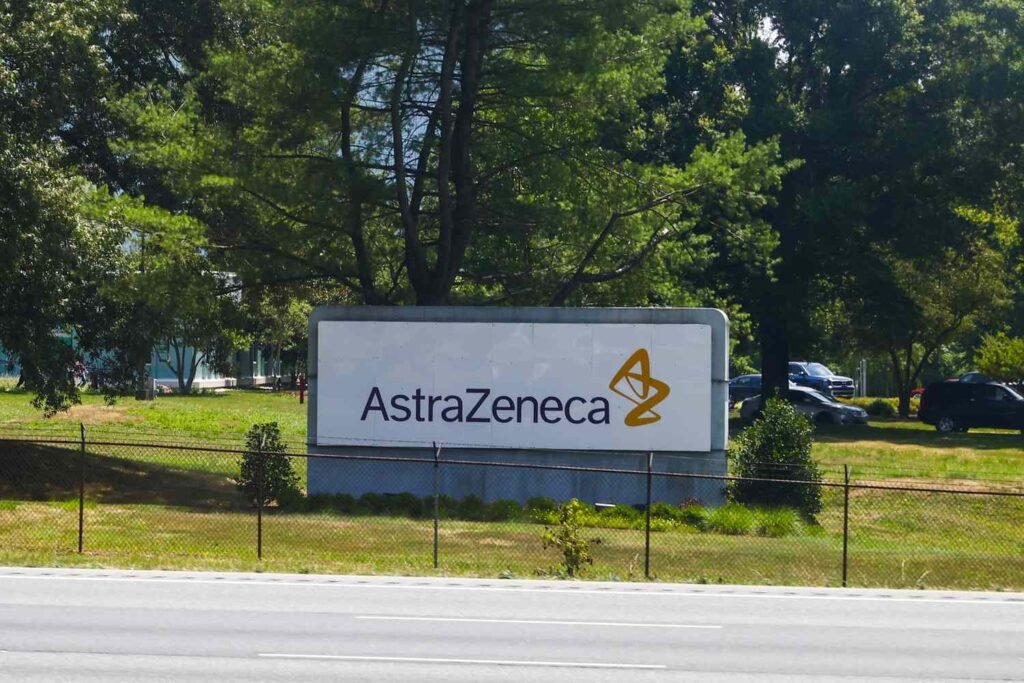In a bold move that highlights the growing importance of local pharmaceutical manufacturing, AstraZeneca has announced a $50 billion U.S. manufacturing investment by 2030. This historic commitment is not only expected to significantly strengthen the country’s drug supply chain but also generate thousands of new jobs, stimulate regional economies, and enhance innovation in the healthcare sector.
The announcement comes amid a global push for more resilient supply chains, with governments and companies recognizing the risks of over-dependence on overseas manufacturing. AstraZeneca’s massive investment signals a shift in focus toward domestic infrastructure and innovation, particularly in the U.S., which remains one of the company’s most important markets.
Why AstraZeneca Is Investing $50 Billion in the U.S.
1. Strengthening the Supply Chain
The COVID-19 pandemic laid bare the vulnerabilities in global pharmaceutical supply chains. Shortages of essential drugs, delays in vaccine production, and over-reliance on international suppliers created critical challenges for healthcare systems worldwide.
AstraZeneca’s $50 billion investment in U.S. manufacturing is aimed at minimizing such risks. By building and expanding advanced production facilities across multiple states, the company plans to:
- Localize drug production for quicker distribution.
- Reduce reliance on overseas plants.
- Ensure a more consistent and timely supply of essential medications.
2. Expanding Its Portfolio in the U.S. Market
The United States remains one of the largest markets for AstraZeneca, especially for its oncology, cardiovascular, respiratory, and rare disease treatments. By investing heavily in local infrastructure, the company plans to:
- Speed up the time-to-market for new drugs.
- Improve regulatory coordination with the FDA.
- Adapt to the specific healthcare needs and demands of the American population.
3. Supporting the U.S. Economy and Jobs
AstraZeneca’s initiative is not just about building plants — it’s also about people. The investment is expected to create:
- Over 15,000 direct and indirect jobs in manufacturing, logistics, R&D, and engineering.
- Long-term employment opportunities in underserved and economically disadvantaged regions.
- Collaborative training programs with local universities and technical schools to build a skilled workforce.
Where Will AstraZeneca Build These Facilities?
While AstraZeneca has not yet released the complete list of locations, reports suggest the company is considering multiple states, including:
- North Carolina: Already home to several biopharmaceutical companies and research hubs.
- Texas: With its pro-business environment and growing life sciences sector.
- Indiana and Ohio: Known for their manufacturing infrastructure and incentives for biotech growth.
- California and Massachusetts: For their proximity to leading academic and medical research institutions.
Each site will reportedly focus on different therapeutic areas and production technologies, including biologics, gene therapies, and mRNA-based treatments.
What Will Be Manufactured?

AstraZeneca’s U.S. manufacturing investment will concentrate on several high-priority sectors:
1. Oncology Medications
Cancer continues to be a major focus for AstraZeneca, and U.S. demand for innovative treatments is high. The company aims to localize the production of life-saving drugs such as:
- Tagrisso (lung cancer)
- Imfinzi (multiple cancer types)
- Lynparza (ovarian, breast, and prostate cancers)
2. Respiratory and Immunology Treatments
The rising prevalence of chronic respiratory diseases like asthma and COPD in the U.S. makes it essential to secure the production of:
- Fasenra
- Symbicort
- Tezspire
3. Rare Disease Therapies
Following its acquisition of Alexion Pharmaceuticals, AstraZeneca is ramping up the production of treatments for rare diseases such as:
- Paroxysmal Nocturnal Hemoglobinuria (PNH)
- Atypical Hemolytic Uremic Syndrome (aHUS)
4. Advanced Vaccine Technologies
The company is exploring mRNA and other advanced platforms to be developed and manufactured domestically — a strategic move given the growing demand for rapid-response vaccines.
What This Means for the U.S. Healthcare System
AstraZeneca’s investment will likely bring multiple benefits to the U.S. healthcare system:
- Faster access to breakthrough therapies.
- Reduced costs associated with drug imports and tariffs.
- Improved preparedness for future pandemics and health crises.
- Public-private partnerships that accelerate innovation and regulatory approval.
Healthcare experts and government leaders have welcomed the move, saying it aligns with national goals for healthcare resilience and innovation.
Voices from the Top
Pascal Soriot, CEO of AstraZeneca, said:
“This $50 billion investment reflects our deep commitment to the United States and our belief in its future as a global leader in life sciences. We are investing not just in infrastructure, but in people, ideas, and the next generation of medicines.”
U.S. President Joe Biden (in a statement):
“AstraZeneca’s investment shows that the U.S. remains the most attractive place for innovation. This initiative will bring jobs, boost public health, and strengthen our economy.”
Economic and Political Implications
For the Economy:
- This move could serve as a model for other pharmaceutical giants to follow suit.
- It’s expected to attract further investment from international healthcare companies.
- Regional economies will benefit from increased infrastructure spending, job creation, and talent retention.
For the Political Climate:
- The announcement could become a central talking point in the 2024 U.S. presidential race.
- It supports bipartisan interests in securing domestic drug production and reducing healthcare costs.
Environmental Commitments and Sustainability
AstraZeneca has also emphasized that its new U.S. facilities will be 100% powered by renewable energy. The company is targeting:
- Carbon neutrality across operations by 2026
- Water-efficient and zero-waste construction practices
- Green building certifications for all new facilities
This approach aligns with the company’s broader ESG (Environmental, Social, Governance) strategy and global sustainability goals.
How the Public and Industry Reacted
The pharmaceutical industry and healthcare professionals have responded positively. Here are a few notable reactions:
- Pharmaceutical Research and Manufacturers of America (PhRMA): Called the move “a landmark investment in U.S. healthcare security.”
- Local community leaders: Applauded the potential for job growth and long-term economic benefits.
- Health experts: Stated that decentralized drug production could lead to more equitable access to treatments.
Looking Ahead: What’s Next for AstraZeneca and the U.S. Market?

This investment marks just the beginning of a broader transformation in how drugs are developed, produced, and distributed. With its U.S. manufacturing base growing rapidly, AstraZeneca is expected to:
- Launch more clinical trials in the U.S.
- Partner with local biotech startups and universities
- Increase its presence in telehealth and digital diagnostics
As the lines between technology, medicine, and local policy continue to blur, AstraZeneca’s move positions the company at the center of this evolving landscape.
Conclusion: A Bold Step Toward a Healthier, Stronger Future
The $50 billion AstraZeneca U.S. manufacturing investment by 2030 is more than a business move — it’s a strategic commitment to improving healthcare outcomes, strengthening economic foundations, and building a more secure and sustainable future for all Americans.
With plans already in motion and widespread support from the government, industry, and the public, AstraZeneca is proving that innovation and investment can go hand-in-hand to create real, lasting impact.
Read Next – Renewable Energy Manufacturing Booms in Texas and Arizona






